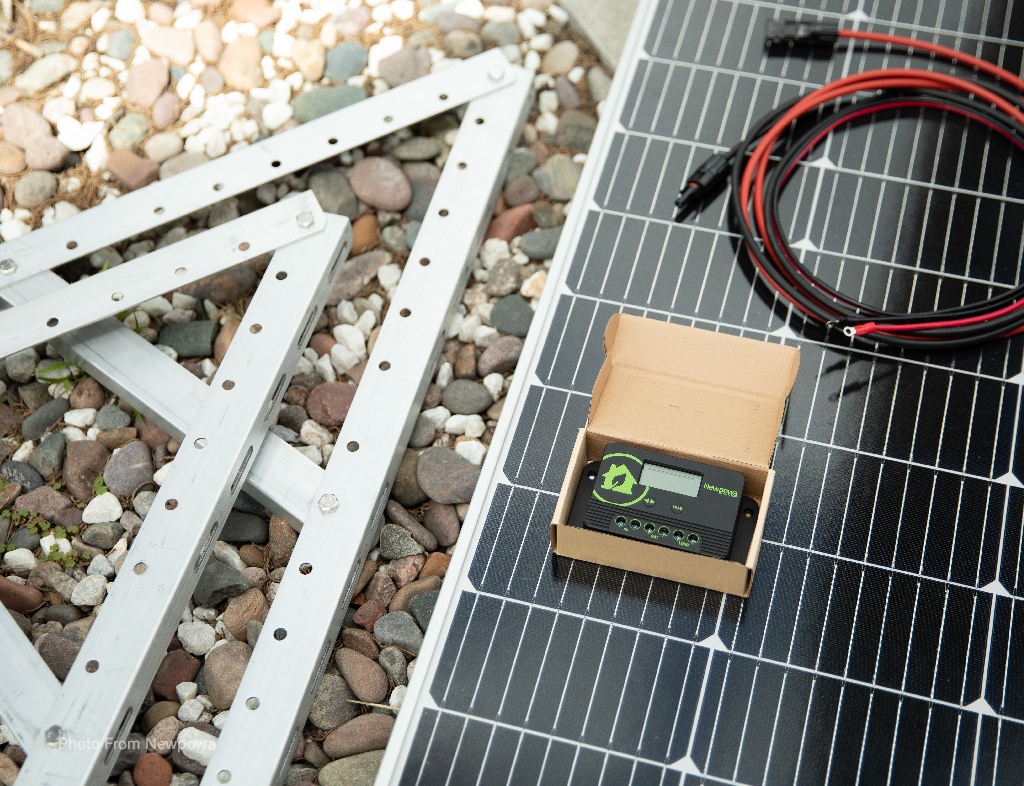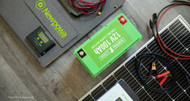SOLAR SYSTEM SIZING: AVOIDING THE TRAP OF OVER- OR UNDER-BUILDING
8th Oct 2025
Building a solar power system for independent living requires careful planning, and one of the most important steps is starting with a detailed energy audit. Estimating your needs based on assumptions or guesswork often leads to frustration later, so begin by calculating the exact watt-hour usage of all the devices you plan to run, from lighting and kitchen appliances to laptops, pumps, and entertainment systems. Track how long each item will be used daily and create a total energy profile. This foundational step not only determines the size of your solar array but also helps you decide how much storage you need, ensuring your system is designed around your lifestyle rather than a generic template.

Another critical factor is understanding how solar production changes throughout the year. Seasonal variation in sunlight hours, shading patterns, and weather conditions can dramatically impact system performance. A setup that performs well in the long summer days might fall short in winter, leaving you reliant on backup power. When designing your system, factor in these shifts and include extra capacity or storage to carry you through darker months. Some users choose to oversize their battery bank slightly to ensure they can store enough power during sunny periods to handle longer stretches of cloudy weather, which is particularly important for those living entirely off the grid.
Equally important is choosing an inverter that matches your needs. Oversized inverters waste energy at light loads and can significantly increase system costs, while an undersized one may trip or fail when multiple appliances run at once. Aim for an inverter that comfortably handles your peak simultaneous demand while still operating efficiently during everyday use. By carefully balancing inverter size with your actual load, you can keep your system both cost-effective and reliable.

One of the most common mistakes is spending far more than necessary on an oversized system in an attempt to “future-proof” it. While leaving some room for growth is smart, oversizing panels, batteries, or inverters too much creates unnecessary expenses and maintenance complexity without providing real benefits. A well-designed system is one that meets your current energy profile, accounts for seasonal variations, and uses high-quality components sized for efficiency rather than excess. This thoughtful approach will help you avoid the frustration of underpowered setups while steering clear of wasted money and equipment. By focusing on data-driven planning and balanced design, you can create a solar power solution that offers consistent energy independence without overspending.
